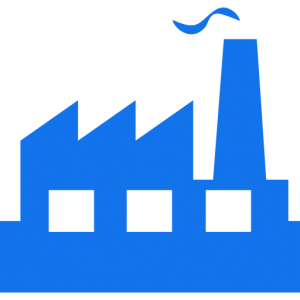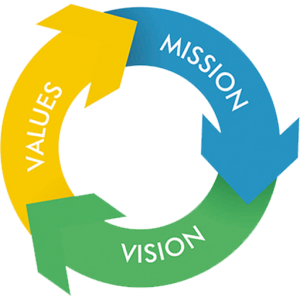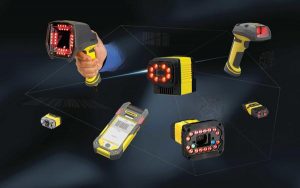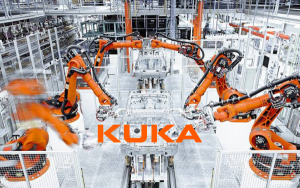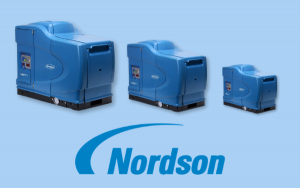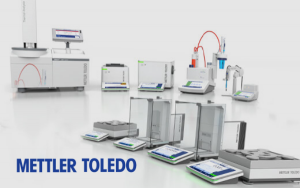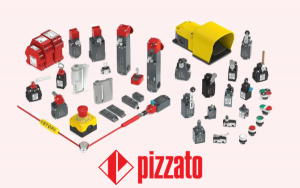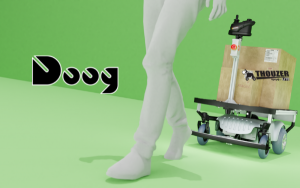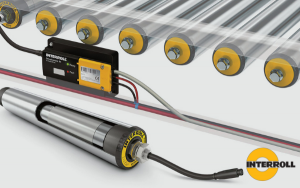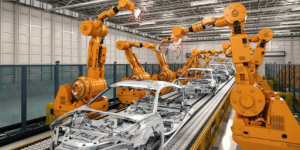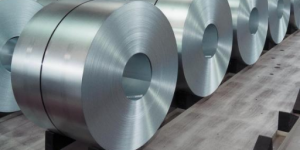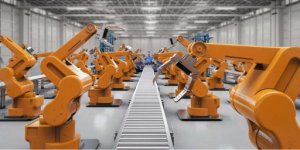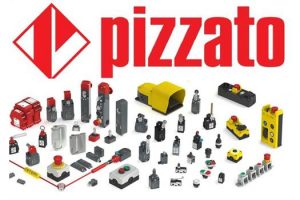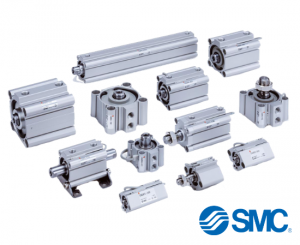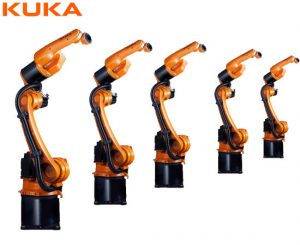The core of Lean Manufacturing is identifying and eliminating waste. To be able to focus our efforts on improving manufacturing processes, let’s consider seven types of lean manufacturing waste developed by Taiichi Ohno, Toyota’s chief engineer, for the Toyota Production System (TPS).
Understanding these types of waste and focusing process improvement efforts in each of those areas is key to Lean implementation success. This is the main way Lean differs from Six Sigma, which focuses more on finding and eliminating errors and repetitive mistakes.
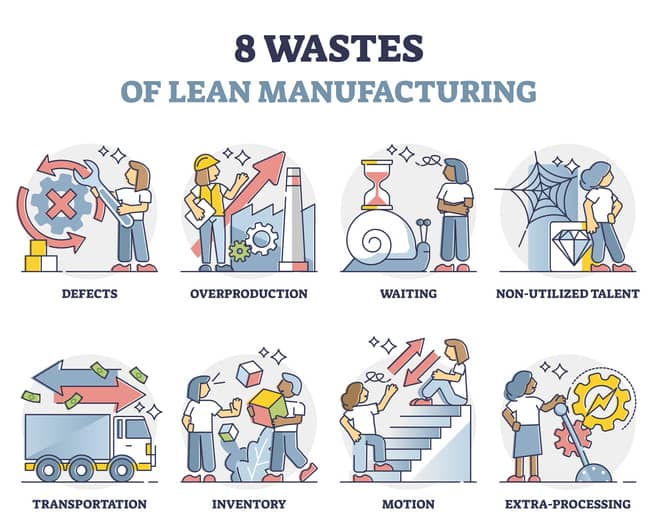
8 Waste of Lean Manufacturing – lean manufacturing:
Lean Manufacturing waste types apply to processes involved in creating products, developing specialized services, or any process that occurs in a normal business process.
Defects:
When a failure occurs, it is necessary to discard the product and start over, thus creating one of the greatest possible wastes of time, materials and money. In Lean Manufacturing, the focus is solely on meeting the needs of the customer, defect means anything that does not satisfy the customer.
Reducing the number of defects is one of the main reasons behind the birth of Six Sigma. By using the universal methodology of DMAIC (identify, measure, analyze, improve and control), it becomes easier to find and eliminate defects in a process.
Overproduction:
Success can lead to businesses over-producing their products, going too far ahead of consumer demand. This also applies to processes in the overall operation, such as manufacturing too many parts before workers at the bottom of the operation are ready to use them. That kind of redundancy can lead to additional costs for storing ingredients, among other problems.
Paying more attention to the voice of customers and understanding what they need will limit overproduction. To make the sub-processes work in parallel, a complete production system plan is required, considering in detail the functions operating in every stage.
Carriage:
Transportation problems often arise from poorly planned processes. In this context, transportation can mean any part of the process that requires carrying – by hand or by vehicle – the necessary tools and materials. It can also refer to the time it takes to transmit the information needed to continue a process (such as approval from a manager). The longer the shipping route, the greater the amount of time wasted.
Using the Value Stream Map can help reduce inefficiencies in a process by providing teams with a visual description of every interwoven phase of a process, making it easy to find areas need more change.
Processing no added value:
A wide range of issues can lead to actions that do not add value to a process. These include the typical signs of a poorly planned process: poor communication, overlapping areas of responsibility, and duplicate data. In Lean, it is important to evaluate each step in a process and determine if it adds value to the customer.
Value stream mapping can help in this area, as can tools like five whys that can allow organizations to drill down to the underlying reasons for performance problems.
Unnecessary movement of people, equipment or machines:
If a process requires employees to take extra steps – whether physical steps or those performed in a software system – it is a sign of a poorly planned process. Wasting time is wasting money. This problem often stems from poorly planned workstations as well as workflow.
Establish efficient processes and workstations that eliminate wasted motion . To maintain a smart, efficient work station, companies have adopted the 5S system .
Waiting (Idle Worker or Idle Device):
Waiting can happen in many different ways in a production process. In most cases, it involves workers waiting for those upstream to provide them with the documents or information they need to do their jobs. Bottlenecks grow leading to waiting time and waste. Other forms of waiting can involve issues like having to attend more meetings than get work done.
This is another area where mapping out a process can help streamline production and eliminate waiting. Fishbone diagrams can also help break down every aspect of an operation into its smallest components, helping to find small problems that can often lead to big problems.
Inventory:
Problems with inventory can result from overproduction of raw materials or finished products that must then be stored. It can also involve ordering too many materials from suppliers and requiring a large amount of warehouse space to store them. With inventory , waste is associated with additional money needed to maintain warehouse space that would not be spent with a more streamlined process.
This is a problem that is often dealt with by addressing overproduction or overprocessing.
In addition to these types of waste, lean manufacturing experts have suggested an 8th type of waste called “unused talent or ingenuity.”
See also: Management system

